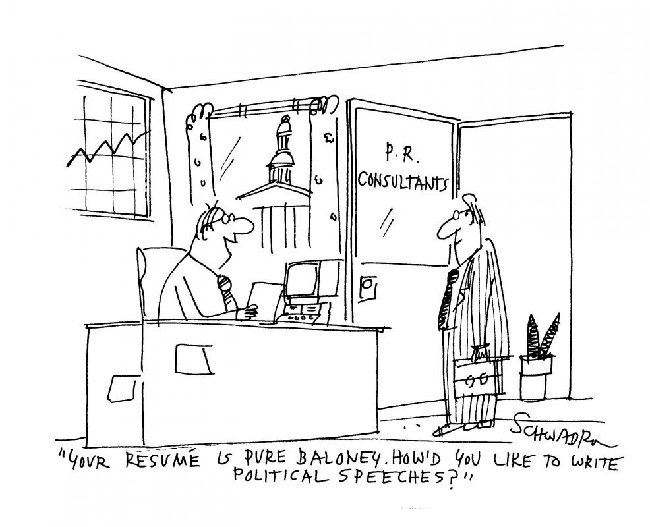Adrian Spink is CEO of Company85, an independent IT consultancy specialising in IT transformation and security. Based in London, the company provides advisory, implementation and managed services to FTSE100 clients and public sector organisations across the UK and EMEA. Adrian is a member of Academy Group 1, Vince Tickel’s Central London group.
Why did you try LinkedIn as a recruitment tool?
When we first set up the company five years ago we were unknown, so attracting talent of any kind was difficult and attracting good sales people – who look for a business with a track-record so they can earn their commissions – was even harder. But over time we’ve become well-established and have a visible and successful brand now. It’s important to have that credibility if you want to try the LinkedIn route for recruitment. Continue reading →
